This op-Ed was originally published on TheGuardian.com.
People swarm towards big infrastructure projects like bees to honey, but the interests of children are often overlooked
Though conjuring up images of Winnie the Pooh, the honeypot effect when applied to construction means that when large projects begin, people will come, attracted like bees to honey, in their droves. This can be seen in the arrival of skilled and unskilled workers, migrant workers, and the many subsidiary services both legitimate and illegitimate, that come too.
These large projects offer opportunities for economic growth, new transport corridors, new energy sources, new job opportunities – all of which can bring positive benefits for a community and a country.
Done well, such projects can bring important benefits for children: appropriate jobs and apprenticeships for those of working age, greater access to services, and new topics for learning and discussion at school. However, as is often is the case, children may be "invisible" in such complex undertakings unless a particular effort is made to "see" them and their interests from the very start of the process. Invisibility can result in serious effects on children's well-being. What does a large infrastructure project look like through a child-focused lens?
For a start, a significant influx of workers and their families may overwhelm the capacity of local schools and health services, and put pressure on local food supplies. Rapid increases in populations can also bring a greater spread of diseases such as malaria, tuberculosis, and HIV/Aids – diseases to which children are especially vulnerable. Lack of available or suitable housing and associated sanitation infrastructure can quickly lead to slum conditions. Diarrhoea due to poor sanitation is one of the largest causes of infant mortality.
At the same time, the lure of employment may entice children into child labour situations, both within the main enterprise or among contractors or subcontractors, or in the informal sector that grows up around a large project. Big projects that attract a temporary, large and mainly male workforce, including the trucking corridors in and out of a large project, can be a magnet for child traffickers, using children for labour and sexual exploitation. Sometimes prostitution is a survival strategy – the only means for children to obtain food, shelter, or advance their education – but when it involves children it is exploitation plain and simple and prohibited by the UN convention on the rights of the child.
Migrants, including families and lone children, leave behind the safety net of their villages or hometowns for the economic opportunities associated with large projects. For some this may be a successful strategy. For others, the lack of documentation including birth registration or identity cards can be a serious impediment to accessing basic services in the new location, including schools and health services – if they exist. Undocumented migrant children are more vulnerable to confrontations or conflicts with the law and to exploitation. Children left behind by migrating parents also face challenges as they often lack supervision and the care and nurture of family.
The UN guiding principles on business and human rights and the new UN supported children's rights and business principles set out a framework for the corporate responsibility to respect human rights – including in the area of children's rights. These principles have a number of implications for such complex processes and in particular around planning, participation, provision and protection.
When planning major projects, good influx management requires liaising with local authorities well in advance to identify existing government and community services and the capacity of those services to meet expanding demand for education, health services, community welfare services, child protection services, all of which are particularly relevant for children in and around the project. One service often forgotten is birth registration – a crucial first step in ensuring that children born on and around the site are officially recognised. By planning for children, companies and government authorities can work together to forecast and arrange for childrens services from the beginning.
When it comes to participation, the environment and social impact assessments that typically precede large infrastructure projects should include active consultation and on-going interaction with stakeholders as a key step in the process. Children and youth are often left out of such assessments. They can be involved by bringing in their own perspectives on how the project may affect them. For example, they are well placed to spot how planned routes may disrupt their journey to school or sports facilities, or can be involved as peer advocates to encourage other children to avoid risky behaviour like frequenting bars and discos. In addition, impact assessments tend to lump children together with their families, using families as the core unit of analysis. Without specific analysis, impacts on children cannot be fully anticipated and addressed.
On the issue of providing services, it is a government obligation to provide or arrange for public services. Yet in large infrastructure projects private sector companies are often involved in services – out of necessity for temporary workers but frequently blending into longer-term service provision where government capacity is weak. Public services carry public duties, including human rights duties, even where the private sector is the provider of the service – the right to education, the right to water, the right to housing can all come into play. Understanding the child dimension of services and working with child rights organisations such as Mobile Crèches, an NGO that provides early childhood care and education on construction sites in India, can help companies provide child-appropriate services.
Last but not least is the role for the private sector in child protection. Responsible business action is critical especially in light of the risks of trafficking and sexual exploitation. Companies night and day should be vigilant to the presence of children in and around facilities, and transport stops. They can pro-actively identify state child protection or welfare services, child protection networks, local NGOs, and child helpline services who are experts in identifying and assisting child victims of sexual exploitation and trafficking and bring children in and around the project site to their attention. Companies can also train their own security guards on how to deal with children, for example by setting strict rules against physical punishment or abuse of children, including sexual abuse, and training guards in child-specific reactions to stress, how to communicate with children, and how to deal with children as alleged wrongdoers.
Addressing these complex challenges is no easy task for even the most committed business leader. The good news is that increasing guidance, with some attention to child rights, is now available for companies involved in large infrastructure projects, with hopefully more specific guidance on the way. The recently revised performance standards from the International Finance Corporation and the associated equator principles for banks often involved in providing the project finance for large projects, as well as a new guide from the International Council on Mining and Metals on human rights that includes references to child rights, are all valuable tools. Winnie the Pooh would certainly have preferred a child friendly honeypot.


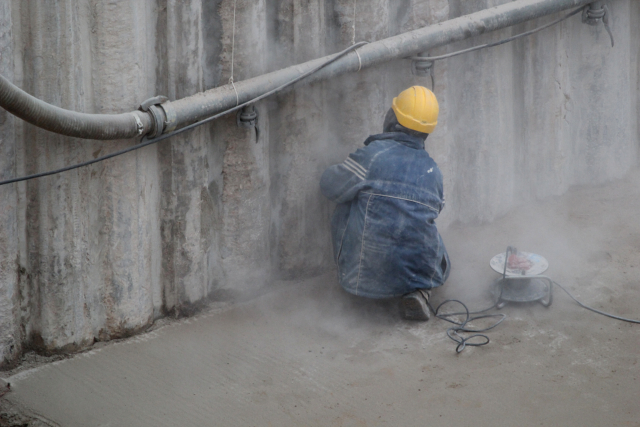
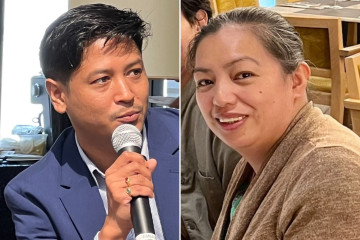
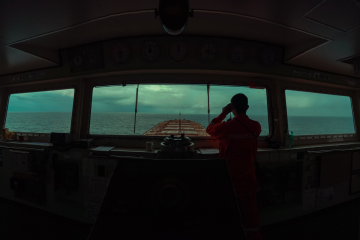

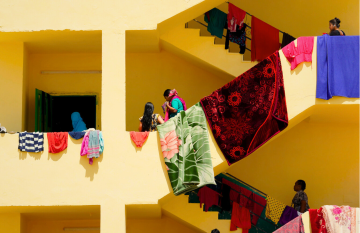
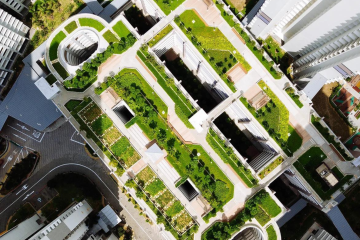
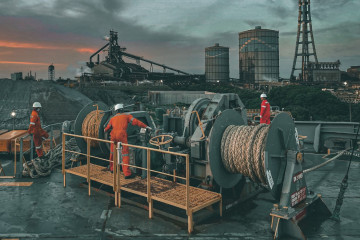
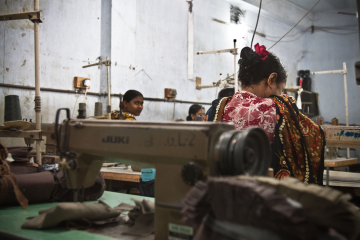
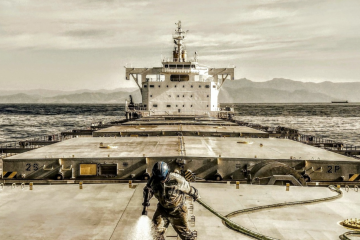
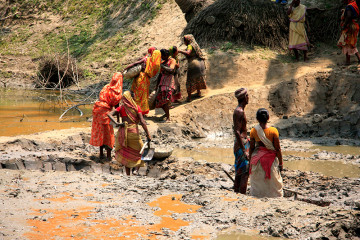
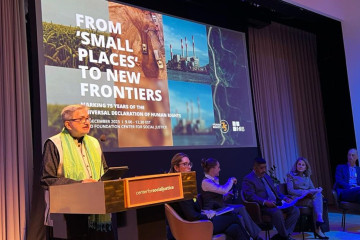
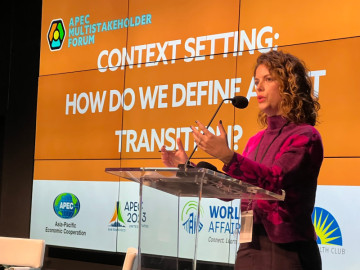
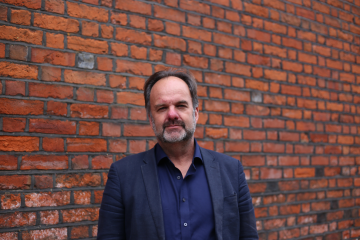
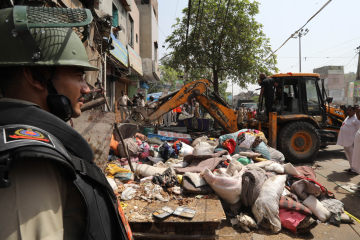

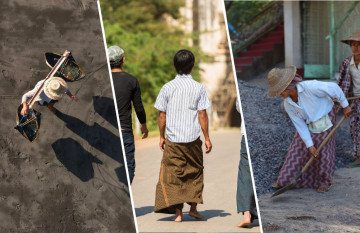

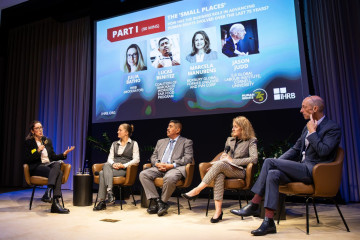
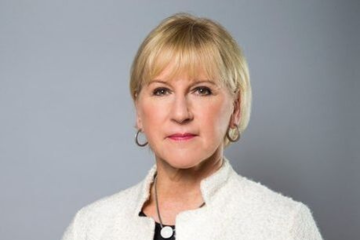
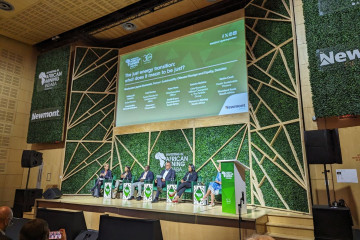

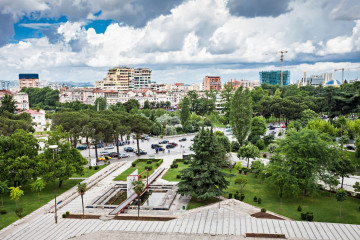
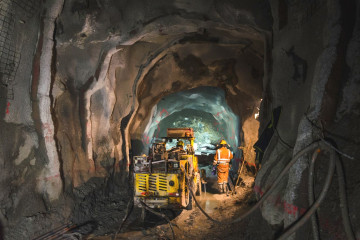

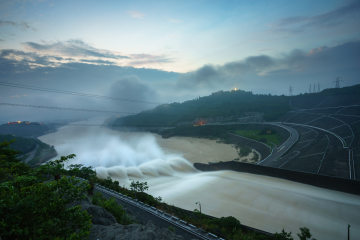

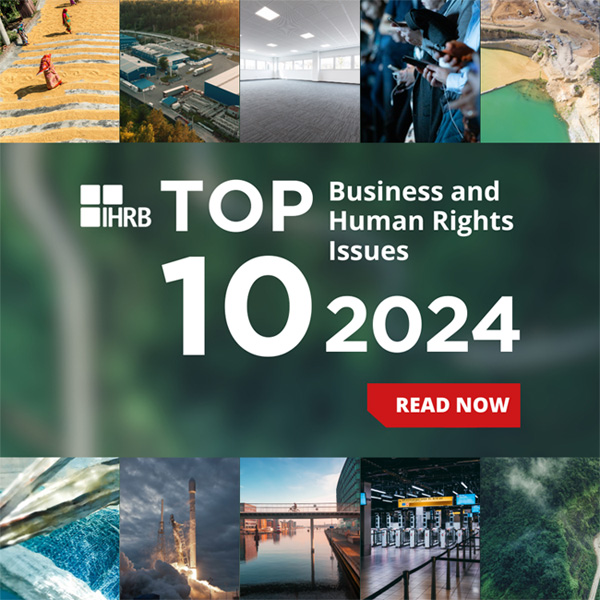
How should businesses respond to an age of conflict and uncertainty?
As 2024 began, European Commission President Ursula von der Leyen aptly summed up our deeply worrying collective moment. As she put it, speaking at the annual World Economic Forum in Switzerland, we are moving through “an era of conflict and...
26 March 2024 | Commentary
Commentary by Scott Jerbi, Senior Advisor, Policy & Outreach, IHRB